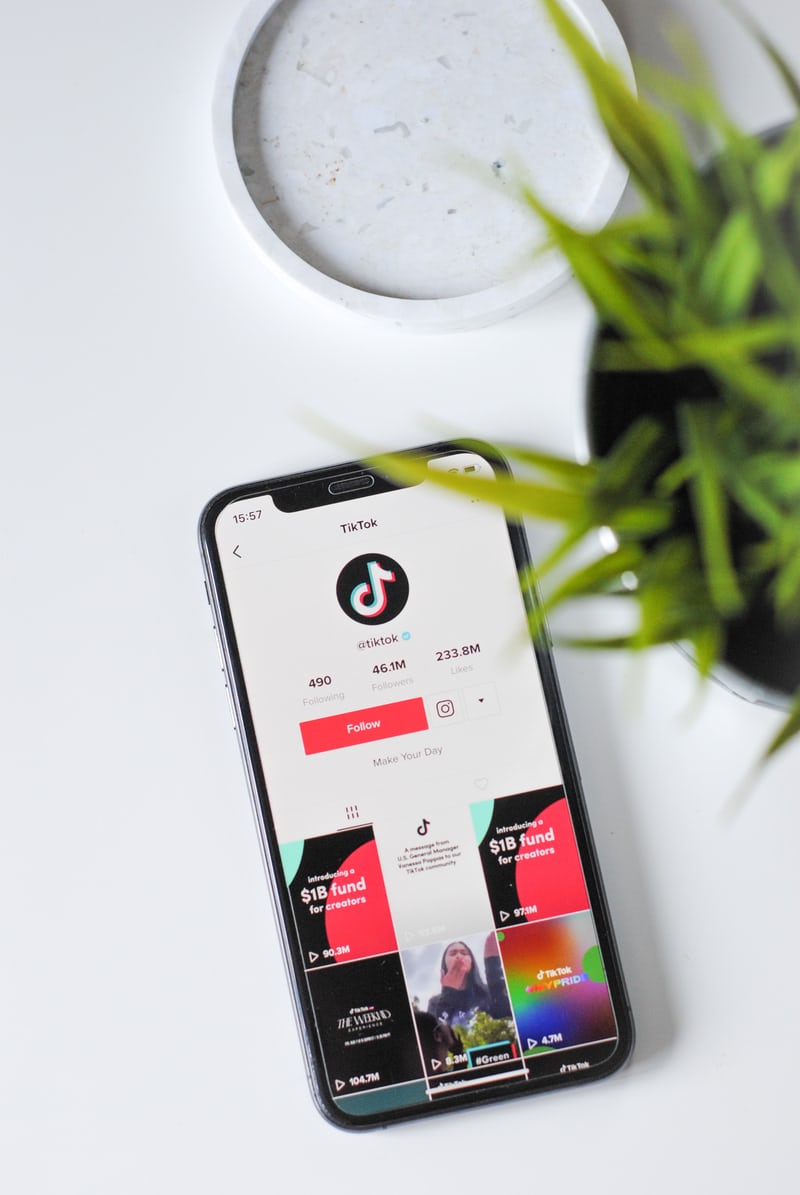Art and Algorithms: How TikTok is threatening creativity
Since its worldwide launch in 2018, TikTok has proven to be a melting pot of creativity. Recently reaching 1 billion users, TikTok has become a part of everyday life.
At the end of 2020, Emily Jacobsen, a 26-year-old schoolteacher from Hartsdale, New York, posted a squeaky-voiced acapella ode to Pixar character Remy the Rat to TikTok. Hordes of creatives responded to the ballad, adding background music, melodies, dances, and even going as far as creating a fake Playbill. Fuelled by their love for the theatre, and the all too familiar lockdown boredom, this TikTok community created Ratatouille: The TikTok Musical, which was streamed on TodayTix in January 2021 to benefit the Actors Fund.
The platform has since been the stage for further musical projects like The Unofficial Bridgerton Musical. Created by duo Abigail Barlow and Emily Bear based on the first season of the Netflix original show, it hit more than 200 million views on TikTok and 48 million likes, prompting the duo to release the work as a concept album.
Now we seem to have come full circle, as this month, the head of the English National Opera has defended a new production which sets the Netflix series, Tiger King, to music for viewers on TikTok – the first ‘TikTopera’ if you will.
Content creators and consumers alike find themselves under the thumb of TikTok’s ever-successful algorithm
With its ‘duet’ and ‘stitch’ features, making it uniquely suited for collaborations, and the platform’s worldwide reach of over 689 million active users, TikTok would seem like a match made in heaven for artists wishing to expand their audience. But there is a thornier side to the relationship – the algorithm.
Content creators and consumers alike find themselves under the thumb of TikTok’s ever-successful algorithm. Creators first felt its full force in July 2020, when the app launched its creator fund. While they were always able to make money via brand deals and other endeavours, they lacked a direct way to make money from video views. The creator fund stepped in to fill this void.
According to TikTok whisperer Robert Benjamin, there exists a plethora of benchmarks, including and not limited to: optimised hashtags, video length, and the time at which the video is posted
But to garner enough views to qualify for the creator fund, creators must adhere to multiple criteria. According to TikTok whisperer Robert Benjamin, there exists a plethora of benchmarks, including but not limited to: optimised hashtags, video length, and the time at which the video is posted. All of these checkboxes mean that creators have to specifically tailor the fund related videos they produce to fit within a strict model.
Not only does this make for pretty heavy lifting, especially when creators often operate over multiple social media platforms simultaneously, it also begs the question of how can any art form flourish if both creators and consumers must think inside the checkboxes?
On the side of consumers, TikTok claims to be a way to broaden one’s content horizons. “Their algorithm is constantly searching for new clips and creators rather than promoting the same content over and over,” wrote Kaeli Kampschmidt on TikTok’s power over the arts and music industry. However, the reality of the user’s personalised feed – or ‘for you page’ (FYP) – is much different.
Whilst the feed certainly looks different every day, with new creators, challenges, and trends, this isn’t necessarily a true variation of content
As a 21-year-old student, who discovered TikTok in the dawn of the Covid-19 pandemic, I am a somewhat seasoned pro of the FYP. Whilst the feed certainly looks different every day, with new creators, challenges, and trends, this isn’t necessarily a true variation of content.
Instead of pushing one’s tastes and horizons, encouraging consumers to engage critically with new forms of content, TikTok rides off of an algorithm that validates their interests. The app monitors your likes and dislikes, observing how much time you spend watching a video before you scroll, and this data culminates in a tailor-made feed for each user. Such a personalised algorithm is the gateway drug that keeps users coming back for more, and thus is TikTok’s money-making factor.
It seems nigh on impossible to do so within the confines of TikTok’s policies which homogenise content and dull the consumer’s critical engagement by offering them an echo chamber for an FYP
A profit model that rides off of the familiar and predictable is the very antithesis of a thriving arts industry. Art is about individuality and flair, about producing works that inspire the audience to reflect and engage with what they experience. It seems nigh on impossible to do so within the confines of TikTok’s policies which homogenise content and dull the consumer’s critical engagement by offering them an echo chamber for an FYP.
TikTok has the potential to be a great social platform for the arts industry, and I admit that some of my favourite books, films, and songs from this year came into my life through my FYP. However, as long as creative restriction lines the corporation’s pockets, it is hard to see how the two can live in harmony. After all, when have you ever heard an artist say they wanted to be ‘just like everyone else’

Comments